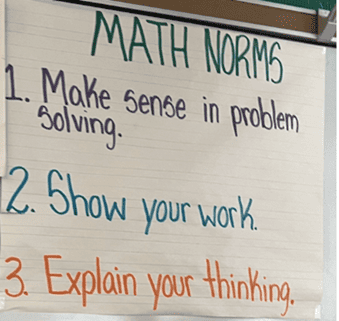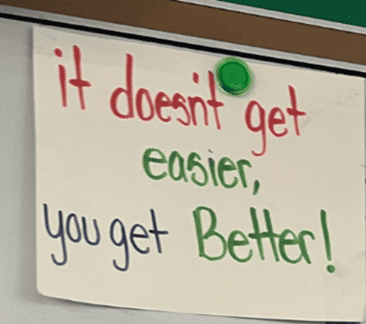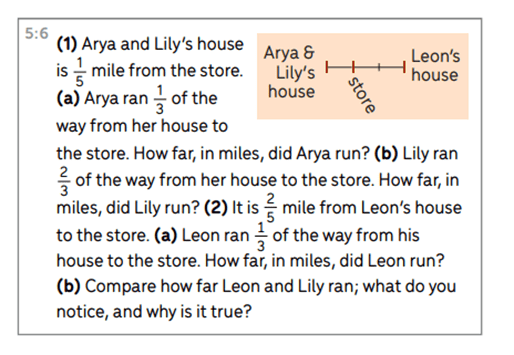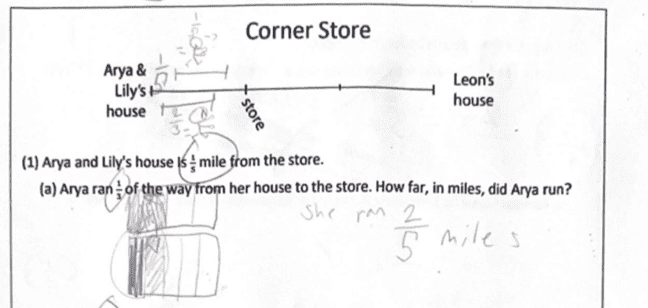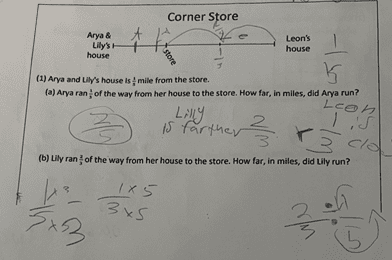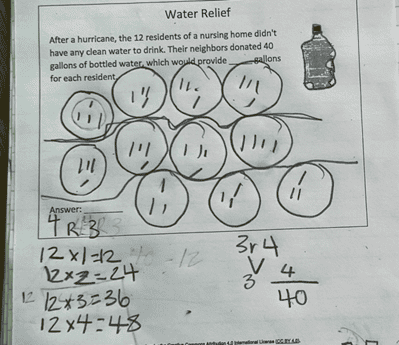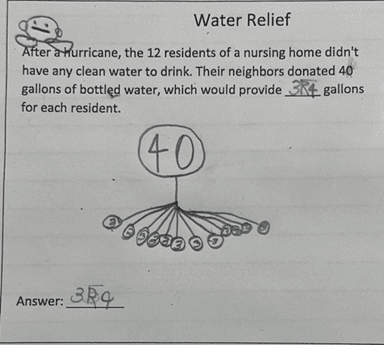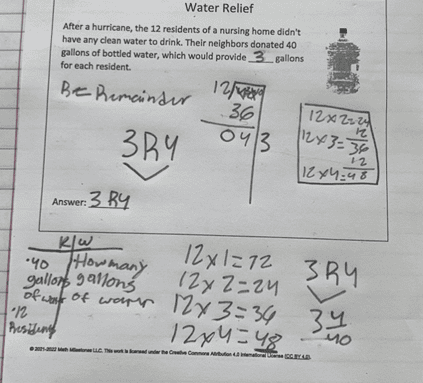From the lens of an Instructional Math Coach, influencing the culture begins by impacting one student, one class, one teacher at a time. Math Milestones™ provided me with an opportunity to engage with like-minded math minds from all over the country; it empowered me to recognize and appreciate student assets and identity to shape and shift my math mindset and philosophy around building the capacity of others. Discovering student assets helped me establish a culture and climate where each student’s thoughts are welcomed, appreciated, and respected.
Culture Builds Community
What does your classroom feel like? How do students feel when they enter your room? Do they feel safe? Is this a place where student voices are welcomed, appreciated, and respected? To create this culture, the right conditions must be set for students to thrive. Highlighting student assets builds on their strengths, rather than focusing on deficits. Students bring a wealth of experiences that should be celebrated to enhance learning. Math norms will allow opportunities to create universal guiding principles within your classroom, where students’ thoughts are welcomed, appreciated, and respected.
Assets > Misconceptions
As educators, we are conditioned to anticipate student misconceptions to discover “unfinished learning,” whereas from the asset-based lens, we focus on building on their strengths (what students already know) to connect and extend the learning. Students bring a variety of experiences and schema that need to be identified (through observation), appreciated (through acknowledgement), and respected (through collaboration with others). Exposing students to rich, meaningful tasks creates opportunities for students to engage in authentic math discourse.
In the 5:6 Corner Store task, students were given 3 minutes to independently work on the task, 3 minutes to share and compare with a partner, and 3 minutes for whole-group discussions.

Click this link to watch students engaging in the Corner Store task.
Collaboration
Establishing universal principles and expectations helps build the culture and develops community. It is from this positive environment that students feel welcomed to share their thoughts because they are appreciated and respected within the math community. T.A.G. was a strategy introduced to me as an engagement strategy to enhance student discourse around math and create advancing questions.
T- (Tell something they did well)
A- (Ask a question)
G- (Give a suggestion)
Inviting students to become active participants helps to create and foster a community of collaboration. Using student work to share and highlight various assets allows students to authentically engage with tasks to initiate and activate prior knowledge from previous grade levels. Above are three examples of students moving from Concrete-Representation and Abstract models in different ways to make sense of mathematics. All students have assets; creating culture, community, and collaboration allows student assets to drive instruction rather than misconceptions.

















